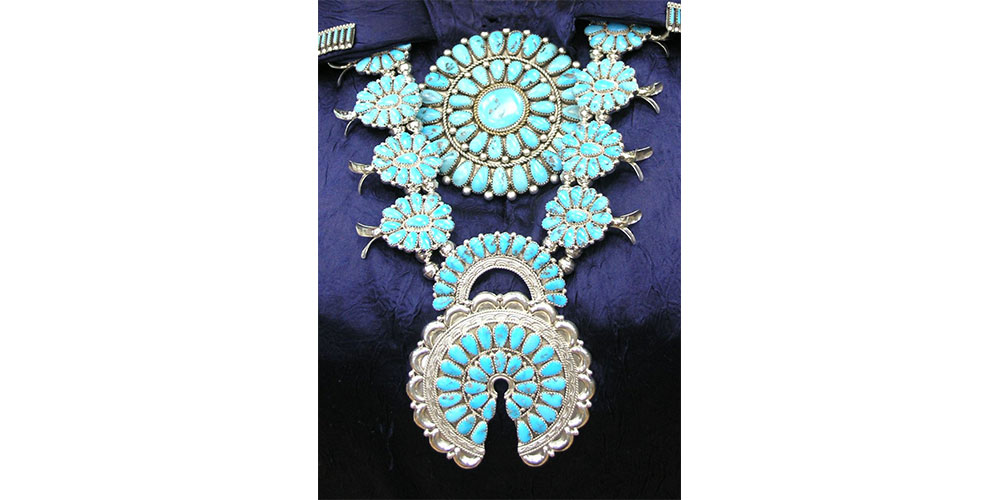Voting & Elections
Information on Voting and Elections in the State of New Mexico.
Candidates & Campaigns
Information on how to become a candidate and about complying with campaign finance disclosure and reporting requirements.
Legislation, Lobbying & Legal Resources
Learn about Lobbying in our state. Find Legislative information to include Signed & Chaptered Bills and Legal Resources.
Business Services
Start a business, maintain a business or get general information on registered businesses in New Mexico.
Notary & Apostille
Become a notary, renew your notary commission, or obtain information about apostilles or certification of official documents.
Commercial Services
File UCC's, AG Liens, register a trademark or other commercial filings.
Safe at Home
New Mexico’s statewide address confidentiality program administered by the Secretary of State to assist victims of domestic violence, sexual assault, stalking or similar types of crimes to receive mail using the Secretary of State’s address as a substitute for their own.
Cybersecurity
Learn about how we protect your voter and business information. You might also find a tip or two that will help you secure your information as well.
About New Mexico
Learn about New Mexico Government, History, State Symbols, State Songs and other important information about our state.
Unofficial Election Results
Results will become available after 7 PM on Election Day, November 2, 2021 and will be posted as they are received from the county offices.
Election Results Homepage
Election Day Voter Hotline
Toll Free: 1-800-477-3632
Santa Fe: 505-827-3600 Option 2
The Election Day Voter Hotline is available on Election Day, November 2, from 7:00 AM to 7:00 PM to assist voters with questions or concerns.
Voter Resources
Online voter resources include:
About New Mexico
State Necklace

The Squash Blossom Necklace was officially adopted in 2011 by the State Legislature as our state’s Official Necklace. The Squash Blossom Necklace is a creation by Southwestern Native American tribes that combines the use of the Naja or crescent moon symbol and multiple flower-like silver beads which are similar looking to flowering plants like the pomegranate, sunflower, squash or other flower blossoms that spread out at their ends. The Navajo tribe was the first to create this combination into a necklace, and it is traditionally worn by both male and female—sometimes considered a symbol of wealth. In their language the flower like bead is called “Chil Bitan” and the crescent ornament is called a “Nazhahi.”
Those original creations were not created until after the arrival of the Europeans, possibly around 1880’s, and the Spanish crescent moon symbol was commonly included as a silver ornament on the horse’s bridle hanging in the center of the animal’s forehead. Combining this frequently seen symbol with their own moon images may have been the source of this “naja” image. The earliest Navajo necklaces were traditionally done in silver but later the Zuni began adding the turquoise inlay patterns in the 19th century
